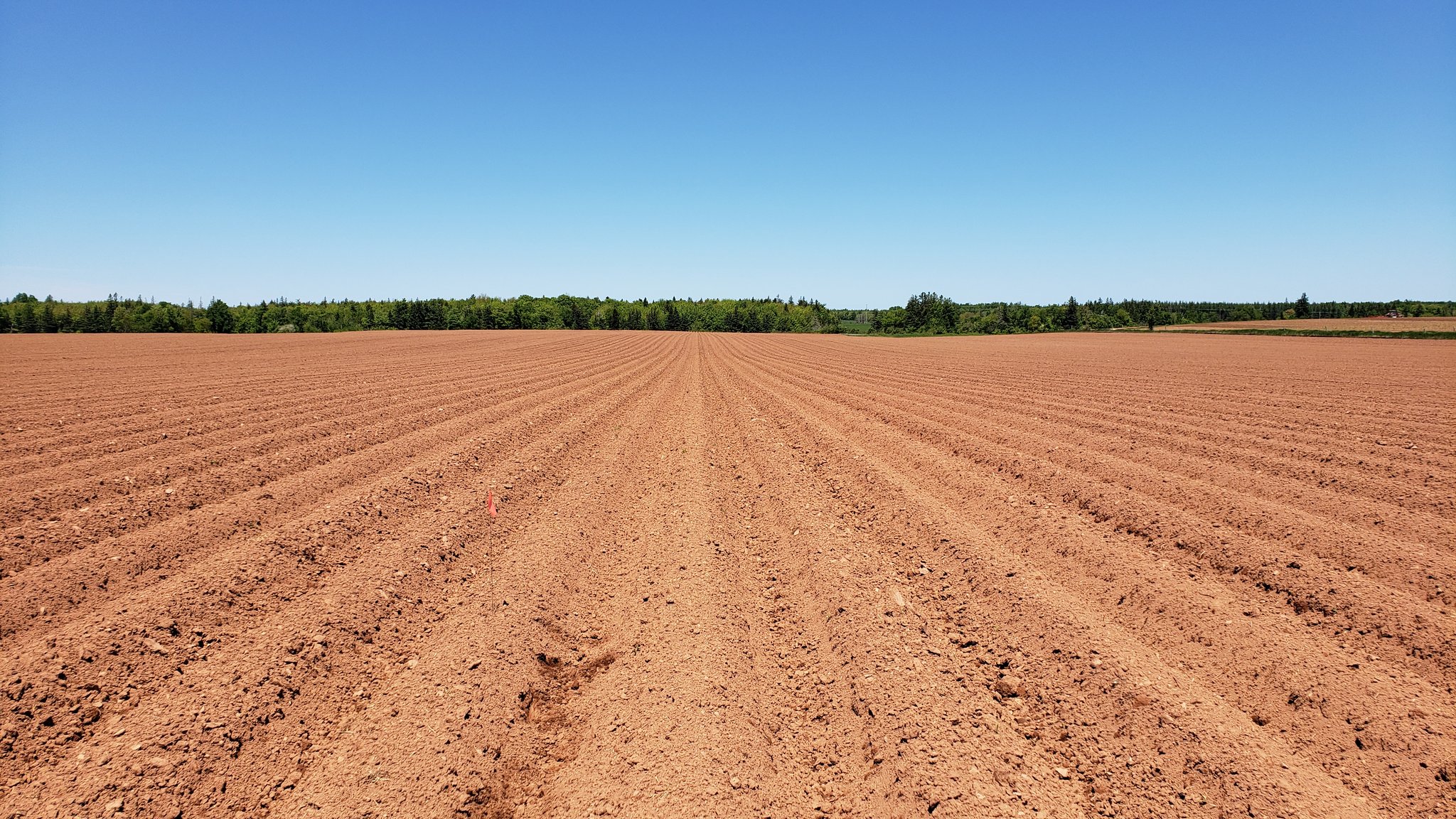
13 Jun Agronomy Update – June 13
Hi everyone,
From the sounds of it, most farms are finished with potato planting. A lot of farms finished at or around the first of June this year due to the favourable planting conditions. Hopefully this good start to the growing season pays dividends this fall.
Herbicide considerations:
Lots of you will be in the process of applying pre-emerge herbicides or have done so already. As many of you will be aware, there are shortages of a number of herbicide products, including glyphosate and Lorox. Just last week, I was alerted to the fact that it’s next to impossible to find embutox/cobutox (2,4-DB) anywhere in the region, a key tool for those underseeding barley with alfalfa.
For those that are hilling at planting (or immediately afterward)…get those pre-emerge herbicides on ASAP. If there are a bunch of weeds already established (even if they are small)…it’s already getting too late. You may need to consider a supplementary burn-down application like glyphosate if your potatoes haven’t emerged yet. In a number of fields, I’m seeing significant weeds in the headlands. Take action on those headlands (especially if they are not planted headlands) now to keep the weeds are bay and prevent building up that weed seed-bank. A couple light scuffles of the ground to disrupt weeds now could prove very worthwhile later this year.
Monitoring Emergence:
Linked here is a very useful document from North Dakota State University (NDSU) for helping growers identify issues with potato emergence. I see a number of fields are already emerging, with lots more to join them this week. This factsheet may help you as you are investigating any issues with emergence. Also, the Provincial Plant Pathology lab is once again open and accepting samples.
Planting Warm-Season Forages:
With the weather forecast looking like temperatures hovering around 20 degrees for the next week and night time temperatures now consistently staying over 10 degrees, we should be looking at a good window for planting warm-season forages like sudangrass and pearl millet in the next week or so. As noted above, there is a shortage of herbicide options this year (and those that are available have all increased in price) so getting crops established at the ideal time is essential to getting ahead of those weeds.
A couple of things to remember when it comes to planting these types of crops:
- I know that seed is expensive, but don’t skimp too much on the seeding rate. Reducing the seeding rate too much provides even more opportunity for weeds to establish.
- Ensure you have enough fertility to get these grasses up and out of the ground fast. Treat your soil-building cover crops like a cash crop if you want to maximize the value these crops will make to your fields. That being said…only apply what you need. For many fields, you may only need to apply nitrogen and sulphur if fields are already good for P and K
- You can undo any of the value that these crops provide in terms of building soil organic matter through additional tillage. Try and minimize tillage as much as possible. Sudangrass and pearl millet are not frost tolerant and winter kill easily. I would recommend not tilling/ploughing these crops in the fall unless you are planting a cover crop. I know that some growers have successfully included a small amount of oilseed radish or other brassica species (ie. kale) with their sudangrass/pearl millet. This will then stay green in the fall when the grasses are taken out by the frost.
- After the first mowing of sudangrass or forage pearl millet, the root mass should more than double. It is from the root mass that you build soil structure and soil organic matter, so a timely mowing of these crops is highly recommended. That being said, it’s not necessary to continually mow as long as the crop stays green and vegetative. Save your fuel!
REMINDER: CULL POTATO PILES
Between June 15 and August 31, anyone with a cull potato pile requires a permit under the Potatoes Regulations. This includes livestock farmers who have taken possession of cull potatoes for feed.
The Dept of Agriculture and Land now has a Cull Potato Holding Permits information page and a fillable pdf application on the website. The website also includes a list of best management practices for holding cull potatoes.
If you are planning to dispose of potatoes this spring, you should be aware of pros and cons of the various disposal methods, and applicable legislation. Attached is a list of options and resources for spring potato diversion.
For more info, contact:
Department of Agriculture & Land
Regulatory Services
902-368-4880
——-
Have a great week everyone. Feel free to call or email if you have questions.
Ryan
